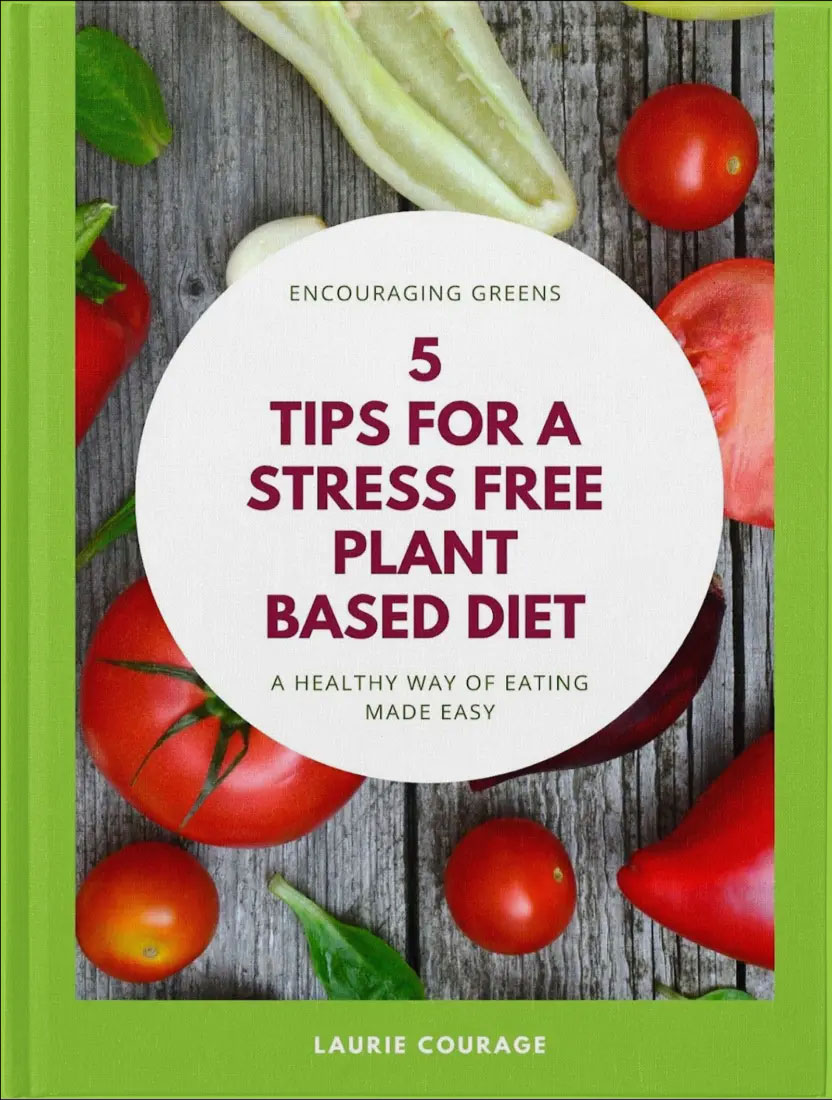Kitchens come in all sizes, and new plant-based home cooks find out quickly what really matters in a kitchen to make meal-planning easy. I recently helped to design not one but two kitchens for the plant-based home cook. Size, location, materials and style were very different. But their soul was the same: a place to prepare healthy whole plant foods, oil-free. Here is what I learned.
Plant-Based Kitchen Design.
- More counter/table space for food prep and community. Enough room for a large cutting board, veggies, bowls, one or more appliances and a place for friends/family to gather to help prepare a meal together. If you are lucky enough to have an island, add a second sink and garbage if space permits. Your sous chef will thank you. If you have just a tiny counter, even a folding or coffee table can help especially during batch cooking meal prep. People will gather to watch, help and most definitely eat. Make some room for many hands.
- Line of sight to bulk ingredients. A pull out pantry is great, but simple shelf or drawer inserts can be used to maximize space in your cabinets. Being organized is a plus, whether it is custom drawers that are deep so you can stand up your spices or re-purposing containers in your hall closet for dried beans and grains. One benefit of a mostly shelf-stable lifestyle is to have most of what you need for any meal on hand; it is important to know what you have. (Think about that the next time a snow storm approaches and your friends are going to the market for bread and milk. Honestly, I don’t really get that. In my pantry, I probably have enough grains and beans for a few weeks, even without power).
- Bring on the heat. The heat source is a personal preference. Induction is a great concept, easy to keep clean and safe, but if you like the flexibility to adjust the flame, I prefer gas and not just the option to roast a red pepper on an open flame. (BTW, when the power is out, with most gas stoves that have an electric starter, a match can give you access to the gas. Having lost power for 14 days due to a storm a few years ago, a gas stove made all the difference cooking oats, beans, rice, quinoa, soup, etc.). Whatever you use, it is most important is that you know your stove and oven. Get an oven thermometer to be sure.
- Freezing is almost always a good idea. Not going to lie. I love freezer space. Great place to store extra prepared food, veggies not in season, foods that might spoil like herbs, bread, flour or nuts. If you have a small freezer, you may want to remove all/most of your ice trays in winter. If you have room for an extra freezer in garage, careful to unplug in winter or heat garage somewhat so it doesn’t freeze.
- Keep the things you prep together, well, together. If at all possible, keep your potato/onions near your cutting board, near your knives, near your trash, near your sink. Your grains near your pots. Your spices near your measuring spoons. You’re welcome.
Before buying kitchen tools or gadgets, start with the basics.
- Clear the clutter. Make enough room on the counter for a cutting board and double that to at least to allow vegetables and bowls to fit. Keep the sink clear and rinse whatever you are using right away before dinner. Let it dry on a sink mat so you can put way after a meal.
- Look sharp. Get a few good knives and a sharpener. I love a good 8-10″ chef’s knife, a bread serrated knife and a steel rod knife sharpener.
- Get organized. Find large and small nested bowls to use for, well, everything. Less space, more flexibility. Use shelves wisely. Stack. Label. Know your shelf life.
- Eco friendly. Use less plastic, create less waste. Glass containers, mason jars and reused jars work great. Compost. Before composting, save your vegetable scraps in a bag in the freezer and when full, cook in pot of water to make veggie broth. Then compost.
- Buy smart. If you have room, buy in bulk. If you don’t, buy bulk but in smaller amounts. 1 bag beans = 4 boxes.
Plant-Based kitchen tools wish list. Hint. Hint.
I am asked all the time about the kitchen tools that I use at home and especially as I demonstrate some of them with clients or during my classes. Some are real time savers and get used every day (InstantPot) and others hardly at all if ever (tofu press). I try to keep track of the ones I find that are most helpful and explain why on my website’s resources page. From there, you have the option to click on any link to learn more or not. These are affiliate links that help to offset some of the cost of my website but you can just be inspired and read about them and not click anything. My goal is that you realize that a plant-based lifestyle is within reach not only for a few weeks but for the rest of your long and much healthier life and that, if you need some help, tools exist to make it even easier.
Honestly, you don’t need much.
The most important thing about a plant-based kitchen is the food!

